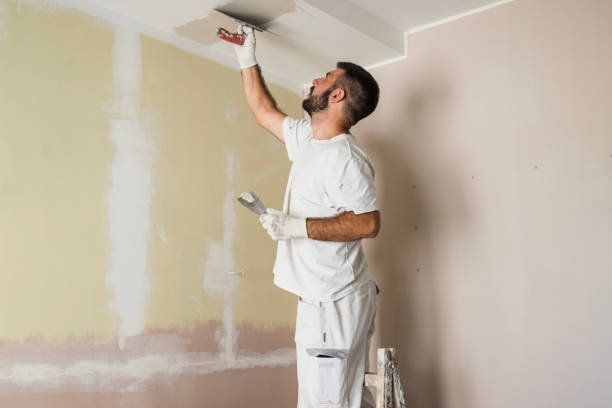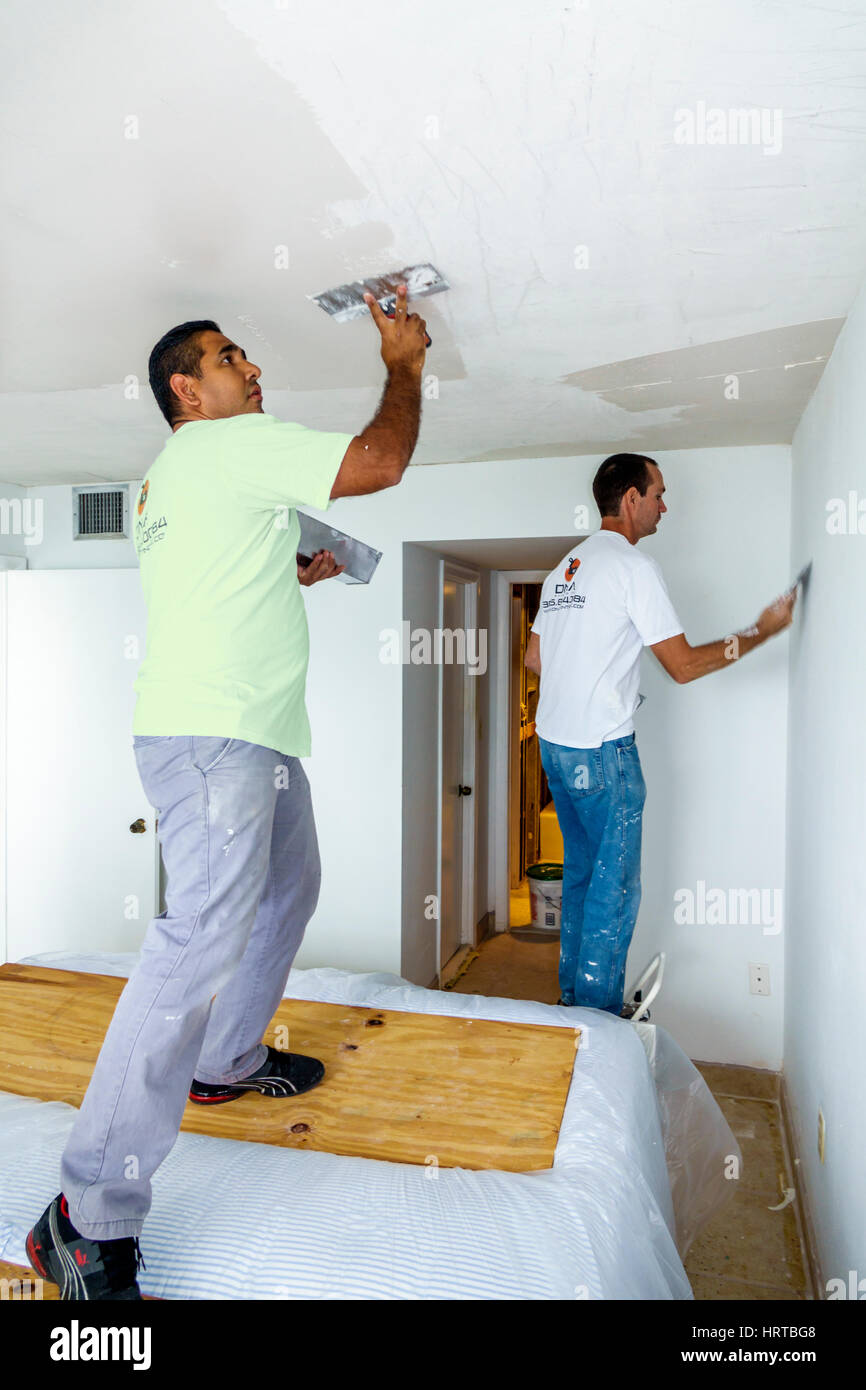Comprehending the Crucial Strategies of Smudging for Home Renovation Projects
In the realm of home renovation, understanding the vital methods of plastering can dramatically improve both the performance and aesthetic charm of a room. The plastering process incorporates critical phases, from meticulous surface area prep work to the specific application of materials.
Types of Gluing Techniques
Although numerous gluing strategies exist, each serves an one-of-a-kind objective and supplies distinctive aesthetic qualities. One of one of the most common techniques is typical lime plastering, which is understood for its breathability and flexibility. This technique is especially helpful for older structures, permitting moisture to leave while maintaining architectural stability.
For a much more textured appearance, trowel-on plastering methods such as stucco and Venetian plaster are commonly employed. Stucco, generally made use of in exteriors, provides resilience and climate resistance, while Venetian plaster is renowned for its lavish, polished finish.
In addition, there are more specialized strategies, such as skimming, which is a process that entails using a slim layer of plaster over existing surfaces to create a smooth finish. Each of these methods can drastically influence the general visual and performance of a space, making it necessary to pick the suitable technique based on the certain requirements of a task.

Devices and Materials Needed

Important devices and products are critical for successful plastering, guaranteeing both effectiveness and high quality in the application procedure. A detailed plastering toolkit typically consists of a hawk, trowels, and a float. The hawk works as a platform to hold the plaster, while the trowels, offered in various dimensions, are necessary for application and smoothing. A float, commonly made of rubber or sponge, is used to attain a consistent surface.
Safety equipment can not be neglected; safety safety glasses, masks, and handwear covers are essential to safeguard versus dust and particles. Lastly, a sturdy ladder may be needed for reaching higher areas, making certain safety and security while operating at elevation. Buying top quality tools and products inevitably adds to a more effective smudging job, producing a long lasting and cosmetically pleasing finish. Properly geared up, you lay the groundwork for reliable plastering and home renovation.
Step-by-Step Plastering Process
With the right devices and products in hand, the next stage involves implementing the plastering procedure with precision. Begin by preparing the surface area to make certain ideal bond. Get rid of any kind of loosened debris, dust, or old plaster, and apply a bonding agent if required.
When the surface is prepped, blend the plaster according to the supplier's directions, accomplishing a smooth, lump-free consistency. Utilizing a trowel, apply the initial coat, recognized as the scratch coat, to a density of regarding 5-10 mm. Guarantee consistent protection, and use a comb or scratcher to develop grooves for better adhesion of succeeding layers.
After allowing the scratch layer to set partly, apply the 2nd coat, or the brownish layer, smoothing it out for an also coating. Permit this layer to completely dry, normally for 24-48 hours, depending on the problems. Lastly, apply the finishing layer, which should be thinner and smoother. Plume the sides to mix right into the bordering surface area, achieving a seamless look.
Once the plaster has actually dried out completely, it can be sanded gently to get rid of blemishes. Adhere to up with a guide before painting for check this a polished last appearance.
Typical Errors to Stay Clear Of
Falling short to acknowledge usual mistakes can substantially affect the top quality of your plastering project. Neglecting to repair any kind of underlying problems, such as dampness or architectural damage, can jeopardize the plaster's stability.

Timing is additionally important; many unskilled plasterers weblink hurry the application. Enabling the preliminary layer to dry entirely prior to applying succeeding layers is vital to prevent excessive splitting and contraction.
In addition, not making use of the right devices can prevent the finishing process. Utilizing trowels that are as well large or small can affect your control and the smoothness of the surface - Plastering. Lastly, disregarding environmental conditions, such as temperature level and humidity, can cause irregular drying out and poor outcomes. By being conscious of these usual risks, you can enhance the efficiency and durability of your plastering job.
Tips for Finishing Touches
Accomplishing a remarkable surface in plastering requires attention to information and a couple of tactical methods. When the preliminary application has actually dried out, begin the finishing process by utilizing a wet sponge or trowel to ravel any kind of imperfections. This step not just enhances the surface area however additionally assists to get rid of any kind of excess plaster that might have dried out erratically.
Next, take into consideration the usage of a fine-grit sanding block or post sander for an extra sleek look. Fining sand must be done gently to stay clear of damaging the underlying layer - Plastering. Constantly use a mask to protect versus dust breathing
After sanding, inspect the surface under different illumination recommended you read conditions to determine any type of missed disparities or areas. Apply a slim layer of completing plaster if needed, feathering out the edges to mix seamlessly with the surrounding location.
Verdict
In conclusion, grasping important plastering methods substantially improves the top quality of home renovation projects. Comprehending the different types of smudging techniques, making use of proper tools and products, and adhering to a methodical application process contribute to achieving a smooth and sturdy surface.
In the world of home improvement, mastering the essential techniques of plastering can considerably boost both the functionality and visual appeal of an area.Although numerous smudging strategies exist, each serves a special objective and supplies unique visual high qualities. Plastering. For a much more distinctive look, trowel-on plastering methods such as stucco and Venetian plaster are often used. Stucco, typically utilized in exteriors, gives durability and climate resistance, while Venetian plaster is renowned for its glamorous, refined surface
Commonly used plaster kinds include gypsum plaster, lime plaster, and cement-based plaster, each serving various functions and atmospheres.